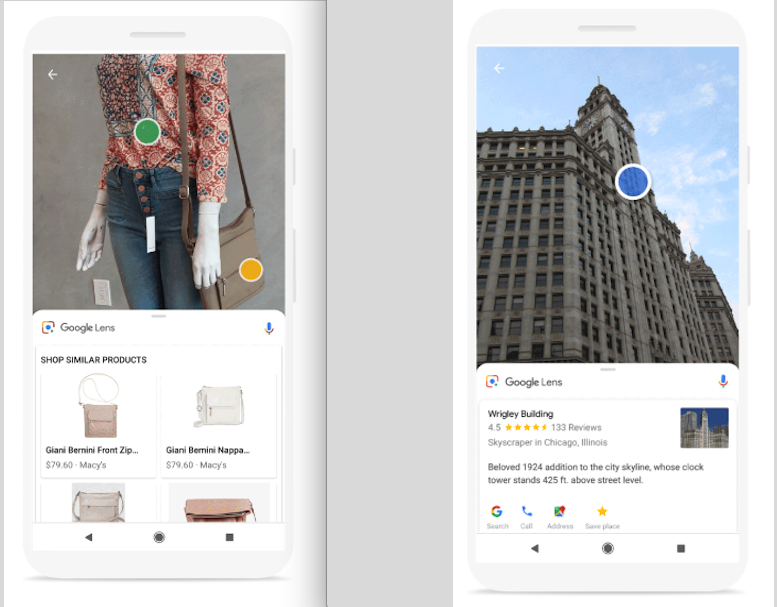For media businesses, hearing about a new technology trend is as likely to provoke a sigh as a twinkle in the eye. The most common response is “not another thing to add to the list.” But maybe there is hope that tech can start to solve some of the problems of the media industry not just keep chucking in roadblocks.
I recently attended Web Summit, billed as the biggest tech conference on the planet, and was soon dazed and confused by the implications of artificial intelligence, robots, flying cars, virtual reality, blockchain and the rest. But after some reflection, I do think there are a few areas where tech could actually help media brands. In no particular order….
Data is power
I was struck by the presentation from the Chief Data Officer at Conde Nast, who has worked with creative teams to consolidate all their customer data and build an intuitive dashboard which editors can use to really understand who is viewing what content and start to promote relevant other content at a much more personalised level. The cleverest bit for me was using image recognition to analyse outfits in a catwalk video, and then suggest other videos with similar outfits to the viewer. And I was struck by how carefully the CDO worked with the creative team in developing the dashboard, so that it was easy and intuitive to use. Good example of UX best practice inside an organisation.
Testing payment models
Tech start-ups are far more open to experimenting with different business models and charging different rates for distinct packages or to separate audiences. Maybe publishers need to let go of their one size fits all annual subscription model and test out short term, low commitment content charging. Or even explore altruistic pricing, as in the rather surprising success of the Guardian’s membership scheme, now contributing 12% of its revenues from voluntary donations. And Washington Post (now owned by Amazon) is working hard to remove friction from the mobile purchasing process: essential for a new generation raised on smartphone transactions.
Voice journalism
Natural language processing is becoming much smarter, making it easier to create real time transcripts (or translations) of audio content. And it’s going to be easier for audio content to be found via search. Couple this with the growth of interest in podcasts, especially among the under 35s, and you can see a potential renaissance of voice journalism, from political and economic commentary to professional training courses.
Image recognition
There were plenty of applications using image recognition via phone cameras, such as connecting objects seen in real life directly to online reviews and retailers. Image tech can now recognise individuals or places in news stories and automatically tag them. Most journalism is as much about images as words, so finding new ways to connect related stories through pictures can only enhance discovery.
AI and machine learning
Artificial intelligence is creeping into many parts of the media and communications world. Organisations like Phrasee already use AI to write email subject lines, bibblio uses AI to power related article recommendations, Adobe uses AI to segment users based on their actual content behaviour, and voice assistants like Alexa are getting better at learning about their users. Graph databases like neo4j power investigative journalism and recommendations for online retailers. And the Washington Post and Associated Press are using AI to write simple sports and business reports, freeing up journalists for more investigative projects.
So the future is here and we need to embrace it. If you have any stories or experiences to share about how you are using new technology in your media business I’d be fascinated to hear more.
Watch more videos from Web summit here:
And if you’d simply like to talk through how your organisation can start to take advantage of some of these tech trends then just get in touch.
***
Find out more about how we can help
About the author:
Carolyn Morgan has over twenty years experience launching, growing, buying and selling specialist media businesses across print, digital and live events. Carolyn now advises publishers large and small on their digital strategy and writes and speaks on digital publishing strategy.

